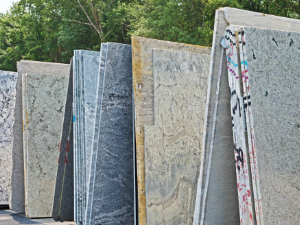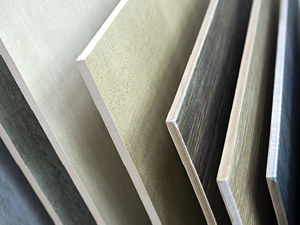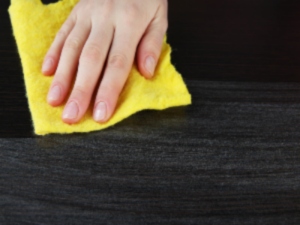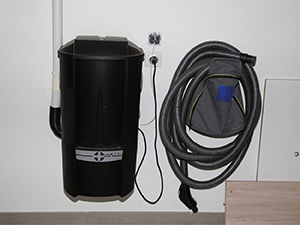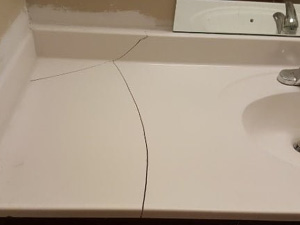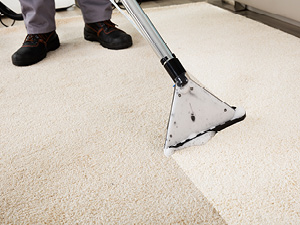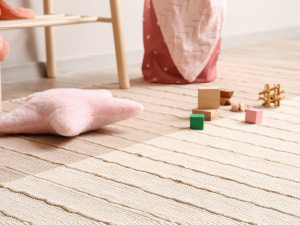In all phases of life, different products come and go. Some are good, some are not. The one thing they all have in common is that every product, no matter what it is, has some sort of “misconception” or mistruth told about it. Carrots improve night vision, canned vegetables are not healthy, coffee stunts growth, etc. Stone is no different. There are plenty of misconceptions surrounding natural stone and natural stone projects.
Let’s take a look at some of the more common stone misconceptions:
#1 – Natural Stone is High Maintenance: Natural stone does require maintenance but it is not necessarily “high maintenance.” Cutting boards are recommended on stone, but they are for other types of countertops as well. Regular cleaning is recommended, but again, for other types of countertop material also, not just stone. The biggest difference is sealing. Most stone does require sealing but that doesn’t have to be a big deal. Fabricators will seal it before installation. If it ever needs resealing, your stone pro can help with that.
#2 – Natural Stone is Expensive: Granted, some natural stone can be expensive BUT natural stone comes in a wide variety of price ranges. It is inexpensive enough that homeowners, home builders, and contractors use it for their projects every day. It is also expensive enough to go into high-end projects. The price of stone depends on a lot of different things, but stone can fit into almost any budget.
#3 – Natural Stone Cannot be Repaired: Restoration contractors repair stone every day, fabricators and installers as well. All sorts of damage to stone can be fixed. Chips, pits, cracks, and stains are among some of the things that can be successfully corrected by stone professionals. In fact, stone can be repaired to like new, unlike many other materials.
#4 – Stone is Out of Style: Trends have come and gone throughout time. Quartz, laminate, butcher block, porcelain, etc. have all shared the market with natural stone. However, natural stone has been, and still is, a wise choice for projects, inside and out. Natural stone has a lasting style. It has been the center of projects, big and small for centuries. The Leaning Tower of Pisa, Mount Rushmore, and Angkor Wat are but a few testaments to its lasting durability. The millions of kitchen countertops, fireplace surrounds, and floor and wall projects are a tribute to its beauty and sustainability.
#5 – Natural Stone Stains Quickly and Easily: Yes, natural stone can stain. However, a properly sealed surface can buy you time to deal with a spill before it becomes a stain. Sealers slow down the absorption of the potential stain. You would naturally wipe up any spills on any other material, stone is just the same. On the off chance that it does stain, you can consult our stain guide under the resources tab on our website or call us for help.
Natural stone, like everything else out there, has misconceptions and and mistruths. When shopping for material for a project, make sure you get the truth of the material and not the “misconceptions” connected to it.
By Sharon Koehler. This article is one of a series of articles written and published on behalf of Surface Care PROS Partners.

